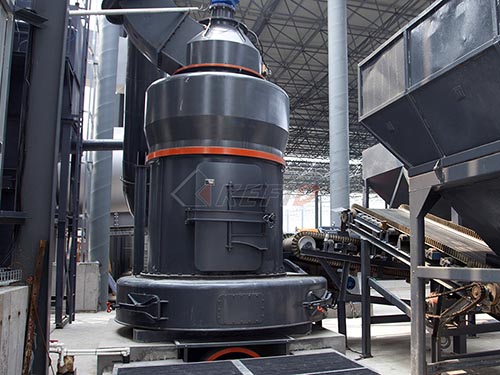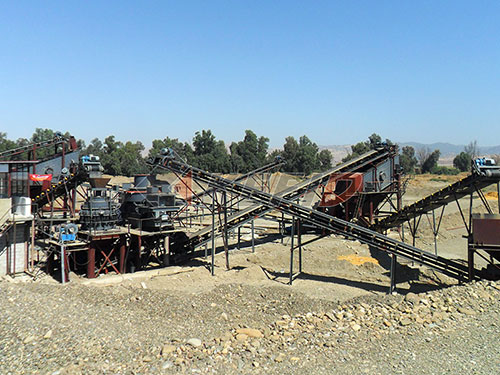Spring Cone Crusher
A Spring Cone Crusher is a type of secondary or tertiary crushing equipment widely used in mining, metallurgy, construction, and aggregate production. It is designed to crush hard and medium-hard materials like iron ore, limestone, granite, basalt, and quartz.
Key Components & Working Principle
1. Crushing Chamber: Consists of a fixed concave (outer liner) and a movable mantle (inner cone) that gyrates under eccentric motion.
2. Spring Safety System: A set of springs around the frame acts as an overload protection mechanism. If uncrushable material enters the chamber, the springs compress to widen the discharge opening and release the foreign object, preventing damage.
3. Eccentric Shaft & Rotation: Driven by a motor via belts/pulleys, the eccentric shaft causes the mantle to oscillate, crushing material against the concave.
4. Discharge Adjustment: The gap between the mantle and concave can be adjusted to control output size (coarse to fine).

Advantages
- Reliable Overload Protection: Springs absorb shock from tramp iron or hard materials.
- High Crushing Efficiency: Suitable for medium/fine crushing with good particle shape.
- Simple Structure & Low Maintenance: Fewer hydraulic components compared to hydraulic cone crushers.
Limitations
- Less automated than hydraulic cone crushers (e.g., no real-time

justment).
- Lower capacity compared to modern hydraulic models for large-scale operations.
Applications
- Mining (iron ore, copper ore).
- Quarrying (limestone, granite).
- Road construction aggregates.
Comparison with Hydraulic Cone Crusher
| Feature | Spring Cone Crusher | Hydraulic Cone Crusher |
|--|--|--|
| Overload Protection | Mechanical springs | Hydraulic cylinders |
| Adjustment | Manual | Automatic (hydraulic) |
| Cost | Lower | Higher |
| Automation | Limited | Advanced (e.g., PLC control)|
For modern high-capacity or automated crushing plants, hydraulic cone crushers are often preferred. However, spring cone crushers remain cost-effective for small-to-medium operations requiring robustness and simplicity.
Would you like details on specific models or maintenance tips?

